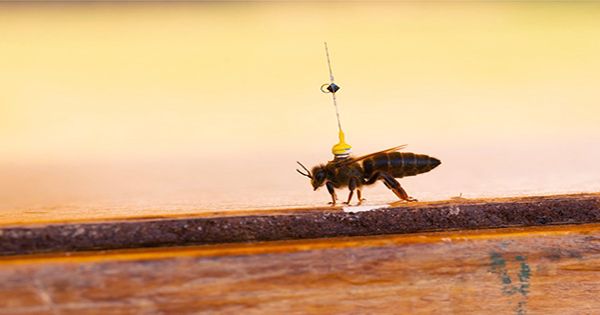In 2020, 811 million people, or one-tenth of the world’s population, were undernourished. That’s a 161 million rise in just a year, more than the prior five years combined. The effects of global hunger were felt most acutely in Asia, Latin America and the Caribbean, and Africa, where the increase in 2020 was the greatest.
The rapid surge, no doubt hampered by the COVID-19 epidemic, means we have strayed far from our 2030 goal of ending world hunger. We will fall 660 million people shy of our goal if nothing changes. Thirty million of these 660 million people may have died as a result of the epidemic. Climate change, conflict, and economic hardship, according to the newest food security report from various UN agencies, are the key drivers of global food insecurity. Poverty and inequality contribute to the escalation of the issue.
The effects of global food insecurity will likely deepen as the world’s population grows to nearly 10 billion people by 2050. Something has to be done. And it has to be done quickly. Gene editing offers the potential to generate higher-yielding, nutrient-dense crops that are disease, climate, and insect resistant. It’s been lauded as a potential global food production revolution, but is it the answer to ending world hunger?
WHAT IS GENE EDITING AND HOW DOES IT WORK? Although gene editing has been present since the turn of the century, its popularity has skyrocketed in recent years. It entails slicing DNA at a specific spot in order to make genetic material easier to remove, add, modify, or replace.
This enables scientists to effectively tailor the DNA of living organisms, allowing them to deactivate specific genes, fix mutations, and change gene activity. Its applications go far beyond agriculture, including research and treatment of diseases like cancer, HIV, and COVID-19. There are various techniques to gene editing, but the CRISPR/Cas9 “genetic scissors,” which have allowed scientists to snip DNA in a much faster, cheaper, and more precise manner, is likely the most potent. Professor Nigel Halford of Rothamsted Research told IFLScience, “It has been a major game-changer.”
IS GENE EDITING AND GENETICAL MODIFICATION THE SAME? Gene editing is distinct from genetic modification (GM), despite the fact that they are both classified as such. Importantly, unlike GM, gene editing does not require the addition of foreign genetic material. Golden rice, rice variant with additional zinc, iron, and the vitamin A precursor beta-carotene, is perhaps the most well-known genetically modified organism, or GMO, crop. It was created to combat hunger in parts of the globe where rice is a staple of the diet.
Because gene-edited crops do not contain any additional DNA, they are not subject to the same severe laws as GM crops in many countries, including the United States. It also means that they are not reviled in the same way that GM crops are, despite the fact that the two are frequently confused, giving gene editing a terrible reputation. “Most people have no idea what gene editing is or what it does to their food,” Matin Qaim, an international food economist and rural development professor at the University of Goettingen, told IFLScience.
“People want their food to be as natural as possible, especially in Europe and other wealthy countries, and they do not believe genome editing is natural.” What most people don’t realize is that today’s traditional-bred crops are extremely different from their wild relatives from thousands of years ago, and would never have developed in the same way if it hadn’t been for human intervention.”
Qaim claims that gene-edited crops are just as safe as ones that are traditionally cultivated. He goes on to say, “There is no scientific rationale for utilizing radically different tests, safety standards, and approval procedures for gene-edited and traditionally-bred crops and foods.”
















